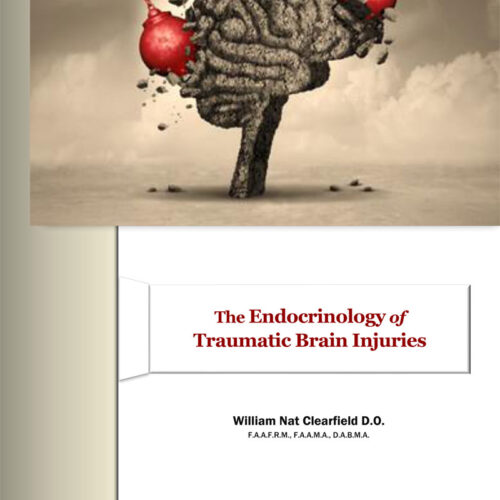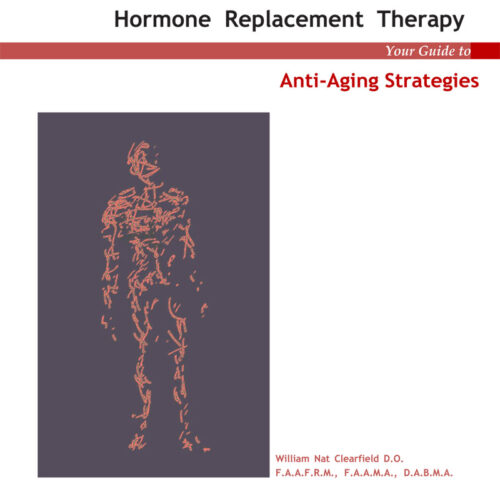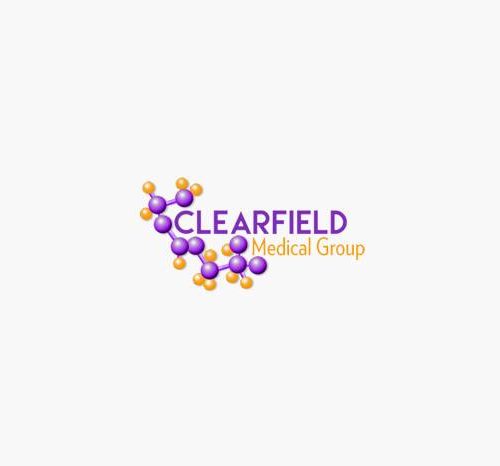
FAQS AND COMMON “OUTRAGES” REGARDING THE MINI-FAST WITH BONE BROTH AND EXERCISE
1. I can’t fast, I will die: No, you won’t. Many a young mother, too busy to eat, tending to her flock has missed a meal and survived. It’s as much a mindset as anything else. If hunger sets in, get yourself busy, add in some fluids, 8 ounces of water with a pinch of sea salt works wonders, and get on with it. Especially with the daily (mini) fast, it quickly becomes a habit and, after a short break-in period, 1-2 days at most, patients tell us they are more energetic and don’t miss the meal they’ve foregone.
2. Isn’t breakfast the most important meal of the day? No, it’s not. To cereal makers, fast food joints and anyone selling you something for breakfast, it is. In the real world, delaying breakfast is no different than delaying any other meal. In fact, the “breakfast” (mini) fast is the easiest and most popular of our fasting regimens. Drink your glass of water with a 1/2 teaspoonful of sea salt, flavor with lemon or lime if you like, or have a cup of bone broth, put on your sneakers and walk, jog or run during the time you would normally be eating. Without a meal on board for 12-16 hours, you are burning fat stores, not the carbohydrates you would have ingested at breakfast.
3. Don’t I need to eat every 3-4 hours? No, you don’t. 2,000 calories in two meals in 24 hours counts the same as 2,000 calories in over 4-6 meals in 24 hours. In fact, the number of calories we eat has risen by more than 20 percent in women and approximately 10 percent in men following the 6 meal a day recommendations that were made in the mid-1980s. On the flip side, a 2007 retrospective study of daily energy intake, physical activity, weight loss, and smoking during the Cuban economic crisis of 1989 through 2000, resulting in a 35 percent reduction in caloric intake netted an increase of physically active adults from 30-67 percent, a 1.5-unit shift in the body mass index distribution, a 100 percent decline in obesity, and significant declines in mortality due to diabetes (51 percent ), coronary heart disease (35 percent), stroke (20 percent), and all causes (18 percent).
4. Is fasting for everyone? No, it’s not. Children, pregnant and breastfeeding women, and those individuals that are moderately-to-severely malnourished should not fast.
5. I will lose muscle mass. No, you won’t. When eating, we burn carbohydrates, sugar for fuel. After an 8-12 hour fast, those calories are gone, and any further caloric needs are derived from our fat stores. If we have enough protein on board, 1.0-1.5 grams per pound, muscle mass is preserved.
6. I’ll be too hungry, obsess about food, and make things worse. Eh, you might. However, if you occupy your time with meaningful activities, hydrate adequately with water, sea salt and/or bone broth, be kind to yourself, if you slip, get back on the horse, don’t go hog wild after the fast is over, and choose a fasting schedule compatible with your lifestyle, it will be easier to stick to. If your hunger is overwhelming, especially at work, driving or any task requiring your undivided concentration, consuming 8-10 ounces of water flavored with lemon or lime and mixed with 1⁄2 tsp of sea salt, coffee, tea or even a handful of nuts and seeds will usually get you past the crisis.
7. What about medications? Medications are always an issue. Our goal is to safely reduce, with an eye to eliminating, as many medications as we can. NSAIDs, aspirin, Motrin, Advil and others of similar ilk need to have some sort of food or liquid to protect against GI irritation. Always check with your healthcare provider.
There exists a plethora of over the counter vitamins, mineral, herbs and nutraceuticals that perform the same function, often at less expense, and without the GI upset, as the above- mentioned drugs. If we can’t switch out the GI irritants, we recommend changing your medication time to the first full meal of the day.
For diabetics, it is important to monitor your blood sugar. If dropping, or you feel faint or light-headed, have a snack of nuts and seeds on hand in case your sugar drops too low. This is a good sign, a signal that you need less medication, one of our overall goals.
To protect your stomach from the harmful effects of gastrointestinal irritation, the conventional wisdom is to use a PPI like omeprazole or Prilosec. These medications are fraught with their own problems, most notably bone thinning, especially in the teeth, jaw, and hip.
Long-term use of PPIs results in malabsorption of calcium and magnesium and bacterial overgrowth. The loss of calcium and magnesium leads to bone fractures and cardiac abnormalities. PPIs reduce stomach acid. Chronically elevated stomach acid leads to a 2.9-fold increase of harmful bacteria, particularly c. difficile. Long term PPI users also experience a 450 percent higher rate of community-acquired pneumonia.
If inclined, we like the following combination, which you can make yourself:
- Deglycyrrhizinated licorice extract (root) 200 mg
- Marshmallow root (Althaea o cinalis) extract (8:1) 200 mg
- Slippery elm (Ulmus fulva) extract (root) 200 mg
- Artichoke (Cynara scolymus L.) extract (leaf) 150 mg
- Turmeric (Curcuma longa) extract (root) 100 mg
- Pancreatic enzymes
There are excellent combinations available at any good vitamin or health food store under various brand names. Our favorites include Pure Encapsulations, Xymogen, NOW and Designs for Health.
An Outline (Only) of What to Eat on the Mini Fast Diet
Protein (100 grams)
- Chicken breast (skinless)
- Turkey breast (skinless) Buffalo (steak or ground)
- Veal
- Whitefish (fresh)
- Lobster
- Crab
- Shrimp
- Scallops
- Albacore tuna
- Egg whites (3 or 1⁄2 cup egg substitute)
Vegetables (1 cup/meal)
- Spinach
- Zucchini
- Leafy greens, lettuce
- Mushrooms
- Tomatoes
- Onions
- Red radishes
- Shallots
- Yellow squash
- Cucumbers
- Sprouts
- Asparagus
- Pumpkin
- Broccoli, cauliflower
Fruit
- Blackberries
- Blueberries
Liquids
- Tea, coffee, mineral water Lemon, lime juice
- Braggs Amino Acids
- 1 tbsp. 1⁄2 and 1⁄2, fat-free
Oils (2/d or 2 cups/d)
- Olive oil (1 tsp/d) Coconut oil
- Canola oil
- MCT oil
- Spritzer’s salad dressing Braggs Amino Acids and lemon juice
For more information, call Clearfield Medical Group at 775-359-1222 or visit www.DrClearfield.net.
References
- Whitaker, Julian M., and Peggy Dace. The Mini-fast Diet: Burn Fat Faster than Ever with the Simple Science of Intermittent Fasting. New York, NY: Rodale, 2012: P. 23-24.
- Franco, M., et al.; Impact of Energy Intake, Physical Activity, and Population-wide Weight Loss on Cardiovascular Disease and Diabetes Mortality in Cuba, 1980–2005,J. Epidemiol. (2007) 166(12): 1374-1380.doi: 10.1093/aje/kwm226 First published online: September 19, 2007.
- Khalili H, Huang ES, Jacobson BC, et al. Use of proton pump inhibitors and risk of hip fracture in relation to dietary and lifestyle factors: a prospective cohort study. BMJ. 2012;344:e372.
- Linsky A, Gupta K, Lawler EV, et al. Proton pump inhibitors and risk for recurrent Clostridium difficile Arch Intern Med. 2010;170:772–778.
- Laheij RJ, Sturkenboom MC, Hassing RJ, et al. Risk of community-acquired pneumonia and use of gastric acid-suppressive drugs. JAMA. 2004; 292:1955–1960.
When to Eat on the Breakfast Fast
|
What To Eat |
Breakfast |
Snack |
Lunch |
Snack |
Dinner |
Snack |
|
Protein |
Fast Exercise Bone Broth |
Fast, Liquid Protein |
1 Serving |
Liquid Protein |
1 Serving |
Fast |
|
Carbohydrate |
Fast Exercise Bone Broth |
Weight Loss Supplement |
1 Serving |
Weight Loss Supplement |
1 Serving |
Fast |
|
Fat |
Fast Exercise Bone Broth |
Included in Protein |
1 Serving |
Included in Protein |
1 Serving |
Fast |



